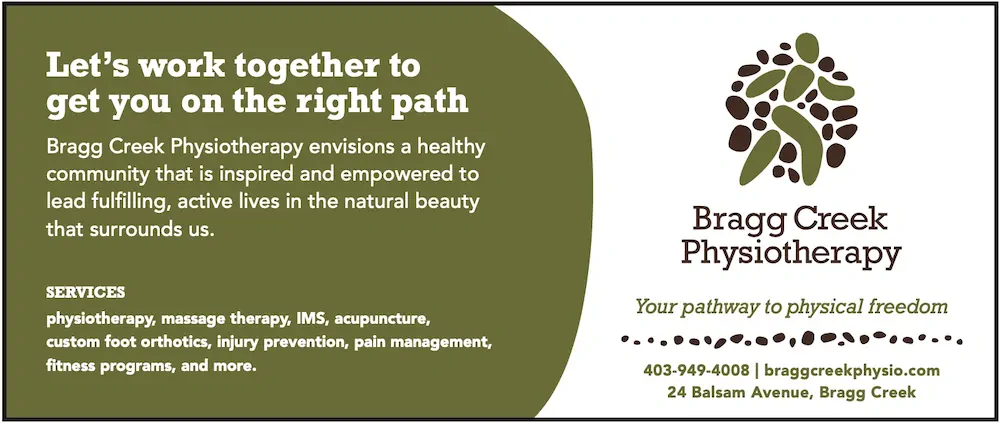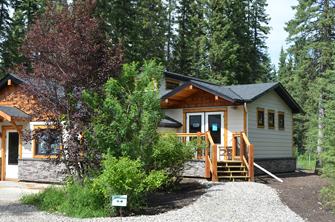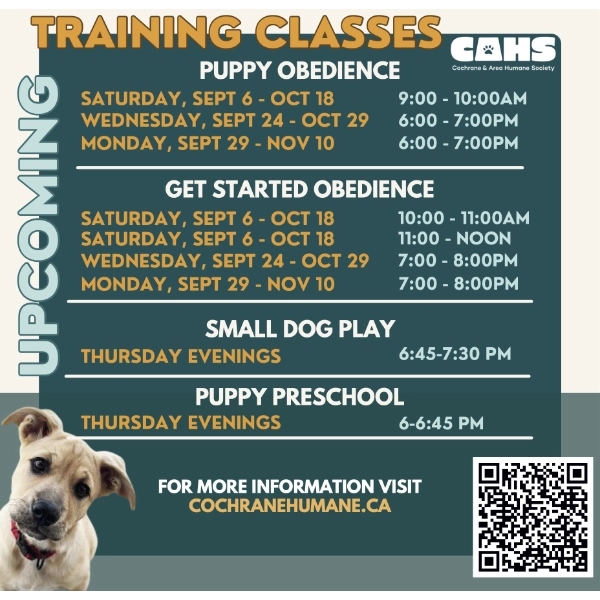KEEPING BALANCE IN YOUR LIFE
As people age, maintaining balance becomes increasingly challenging. For seniors, loss of balance is a significant concern, as it can increase the risk of falls, which can lead to serious injuries such as fractures, head trauma, and a loss of independence. Understanding the risk factors that contribute to balance issues and falls is crucial for seniors, their caregivers, and healthcare providers to prevent accidents and improve quality of life.
Balance is a complex skill that involves coordination between the brain, muscles, inner ear, and vision. As we age, several changes can affect each of these components, making it more difficult to maintain balance. Some common factors that contribute to the loss of balance in seniors include:
- Muscle Weakness and Joint Stiffness: As people age, muscle mass tends to decrease, and joints may become stiffer due to conditions like arthritis. This can result in decreased strength and flexibility, making it harder to stabilize the body and react to shifts in posture or the environment.
- Sensory Changes: The aging process often brings about changes in vision and the vestibular system, which controls balance through signals from theinner ear. Reduced vision, cataracts, or macular degeneration can affect depth perception, while vestibular disorders can make it difficult to maintain balance, particularly when moving from sitting to standing or while walking.
- Neurological Changes: Conditions such as Parkinson’s disease, stroke, and dementia can impact the nervous system, impairing coordination, reaction times, and cognitive processing. This makes it harder to quickly adjust and react to changes in body position.
- Medications: Many seniors take medications that can cause dizziness, drowsiness, or a drop in blood pressure, all of which increase the risk of falls. Medications like sedatives, blood pressure drugs, and antidepressants can all contribute to balance problems.
While loss of balance is a key factor in falls, several other risk factors may make someone more susceptible to accidents. These may include environmental hazards such as poor lighting, area rugs and cluttered living spaces. Poor footwear that is too loose, slippery or ill fitting can increase the risk of tripping. Lack of physical activity – those who may be inactive or don’t engage in balance training exercises are at a greater risk of falling. Activities such as Tai Chi, yoga and walking can increase strength, flexibility and coordination. Cognitive and vision impairments may make it harder to navigate stairs, judge distances and uneven surfaces.
Falls can have serious, long-lasting consequences. In addition to the immediate physical injuries, such as broken bones or head trauma, falls can lead to a loss of independence, decreased mobility, and a diminished quality of life. Falls can also increase the likelihood of hospitalization. Moreover, the fear of falling can lead to a cycle of reduced activity, which in turn weakens muscles and further increases the risk of falling. This creates a dangerous downward spiral, as decreased activity leads to more falls, and more falls lead to even greater fear and inactivity.
While the risk of falling can never be completely eliminated, there are several strategies that can help reduce the likelihood of falls. Home modifications such as removing clutter, handrails, non-slip rugs, and improving lighting in your home can make a big difference to your safety. Regular vision and hearing check ups are important to address any underlying problems. Medication review to identify any drugs that may be causing dizziness or drowsiness. Footcare and proper footwear can be addressed to prevent any problems like bunions or nail issues that may affect walking. Assistive devices such as walking poles or canes can provide extra stability. Lastly, regular exercises such as weight bearing activities, strength and balance movements will improve your coordination, confidence and mobility.
A loss of balance and the increased risk of falls are common challenges for seniors, but with the right strategies, these risks can be minimized. By understanding the factors that contribute to balance problems and taking steps to prevent falls, people can maintain their independence and reduce their chances of injury. Regular exercise, home modifications, and proper healthcare are all essential in ensuring you enjoy a safe and active lifestyle at every stage of life.
Jennifer Gordon
(BSc.PT, GunnIMS, AFCI)
Physiotherapist – Bragg Creek Physiotherapy
www.braggcreekphysio.com



























